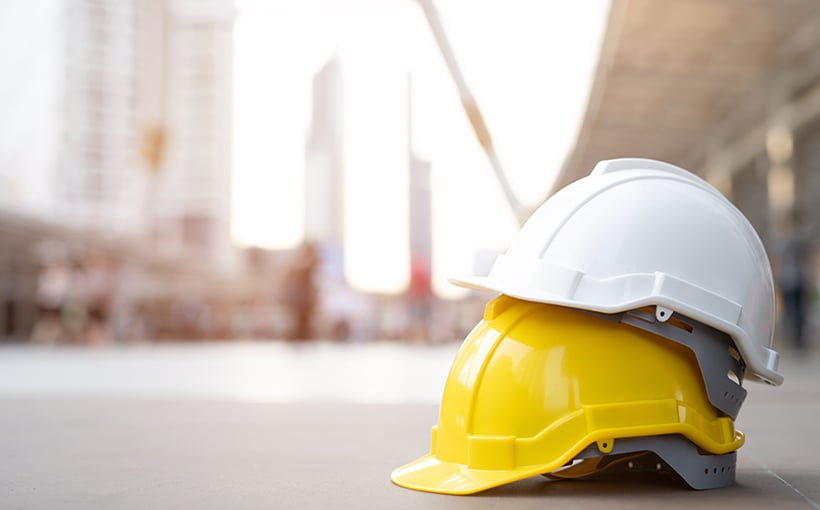A recent report from StorageCafe titled “Top Cities for Real Estate Development: Sunbelt Cities Dominate Growth Olympics for Nearly Half a Century” revealed the significant growth of real estate construction in the United States since 1980. However, not all cities have experienced equal levels of growth, with some surging ahead in what can be described as a “construction Olympics.”
The report focused on the top 20 cities for real estate development and found that southern and southwestern cities dominated this list. Leading the way were Houston, TX followed by Phoenix, AZ and San Antonio, TX.
The research was driven by Maria Gatea’s desire to understand the current state of real estate development in response to population booms and economic shifts across America. The methodology involved examining construction activity from 1980 to 2023 across various property types such as single-family homes, multifamily units, industrial spaces, offices buildings retail properties,and self-storage facilities. The top 100 largest US cities were then ranked based on their level of activity over four decades.
Gatea explained that analyzing trends over time provides valuable insights into current challenges and opportunities within different sectors. This information can help identify areas with potential for further development as well as regions likely to dominate future construction activity.
One notable change observed is a shift away from office buildings and shopping malls towards residential properties (both single-family homesand multifamily units). Despite permitting41 million single-family homesand19 million multifamily units between1980-2023,the US still faces an estimated housing deficitof around3.2millionunits.The report also highlighted New York Cityas havingthe highest numberofmultifamily building permits issuedoverthe past43 years,followedby Los AngelesandHouston.
Another trend identified was an increase indemandfor self-storage solutionsin urban areas where living spaces are typically smaller.Additionally,the current decade has seen record-high deliveriesofself-storagespacewithan average of 64 million square feet added each year.
Industrial construction has also experienced a significant boost, with about half of the country’s industrial inventory built after1980. The current decade has seen an increase in industrial construction activity, indicating a manufacturing revival and growing demand for logistics hubs.
Gatea noted that these trends have several implications. Firstly, the housing market continues to gain momentum as developers work to meet the growing demand for affordable housing driven by population growth and economic changes. Secondly,the rise in self-storageandindustrial spaces reflects changing consumer habits and business operations such as e-commerce sales which require more logistics space.
Finally,Gatea emphasizedthe importanceof adaptable spacesin future real estate development projects.Traditional retail spaces are declining while mixed-use developments combining residential, commercial,andretail propertiesare gaining popularity.Moreover,the shift towards hybrid work arrangements means that traditional office spaces may need to be reimaginedto accommodate this change in behavior.Developers who anticipate these shiftsand embrace them will be well-positioned for successinthe future real estate market.




